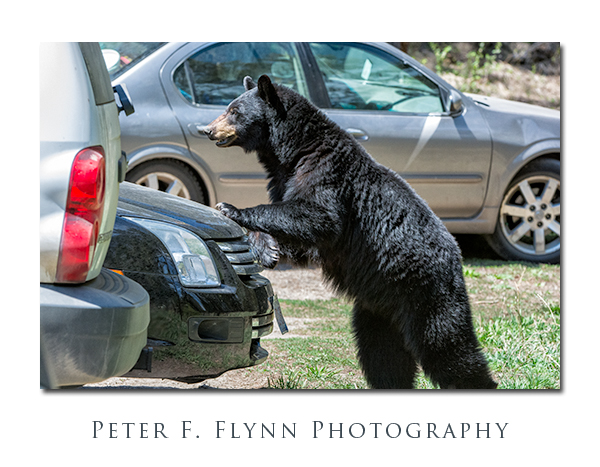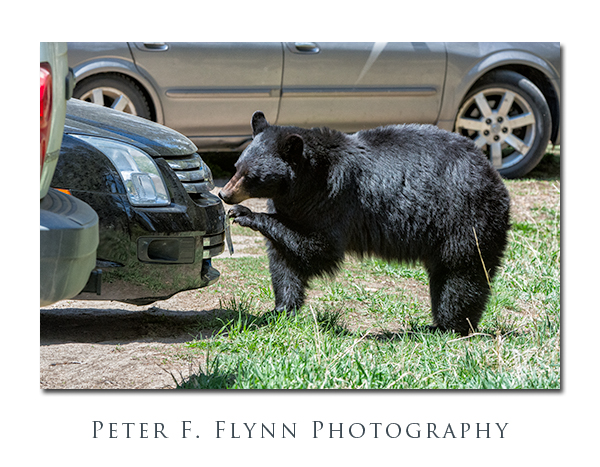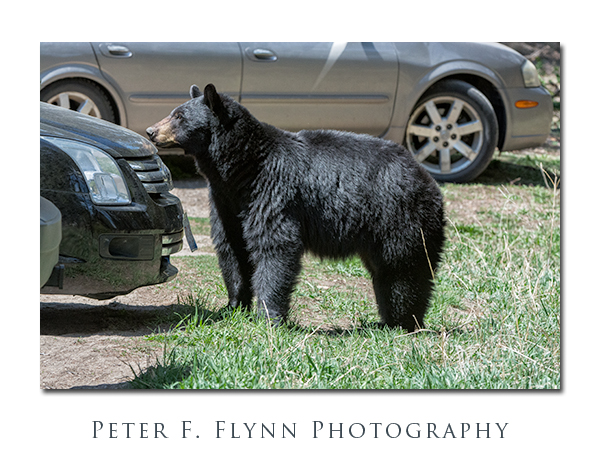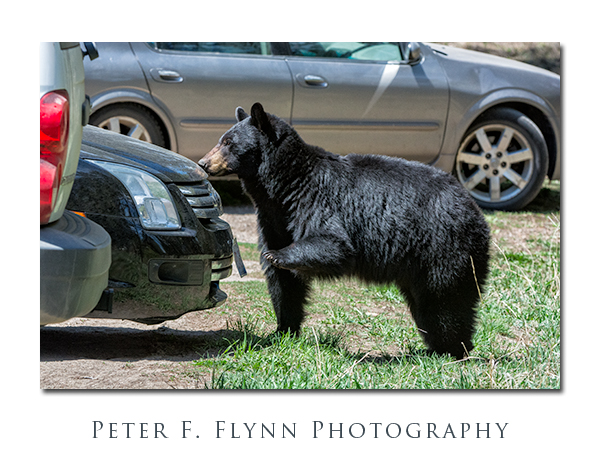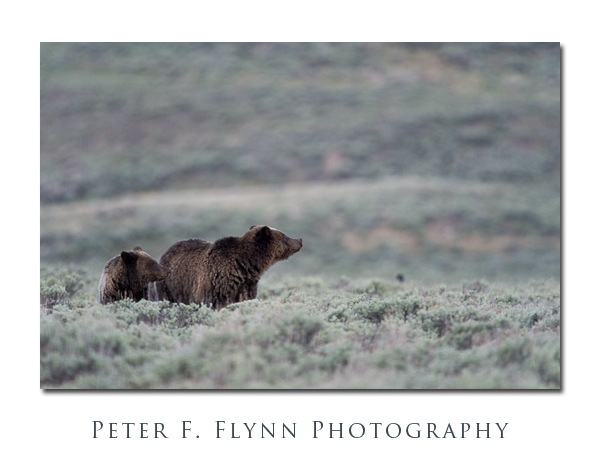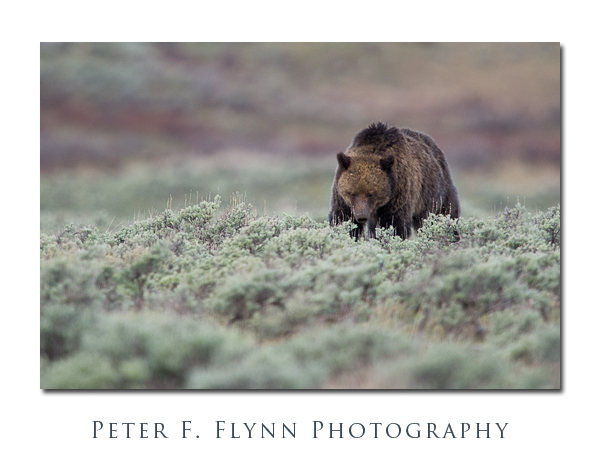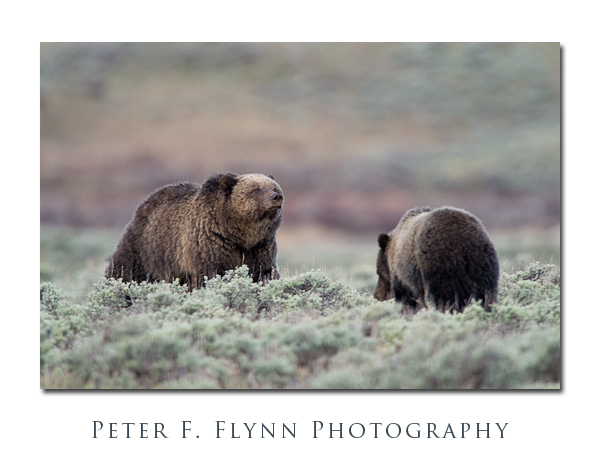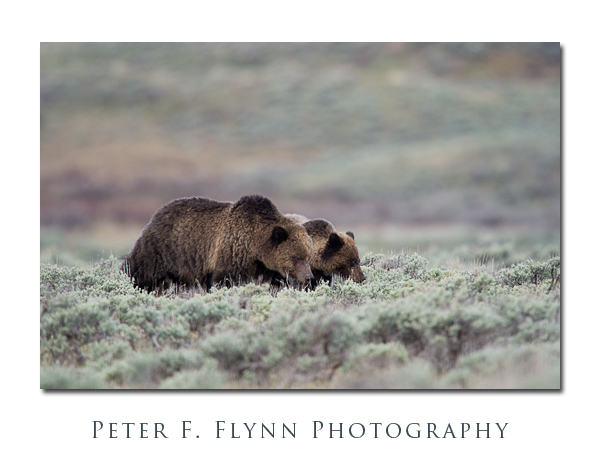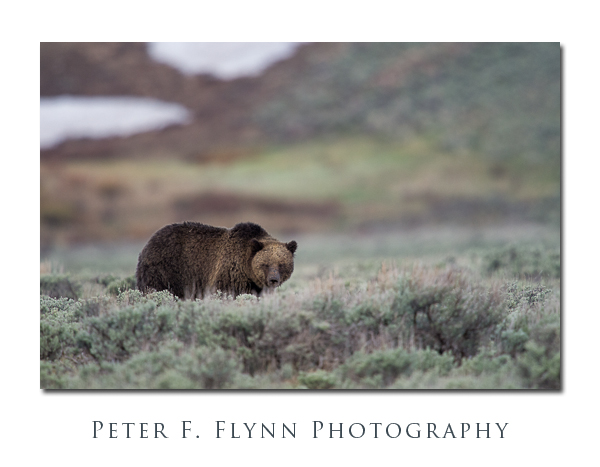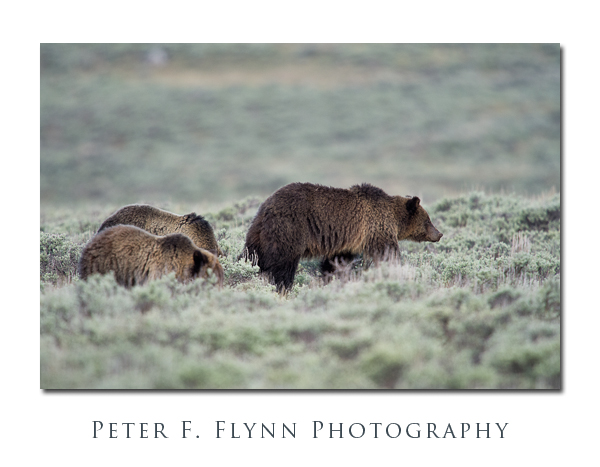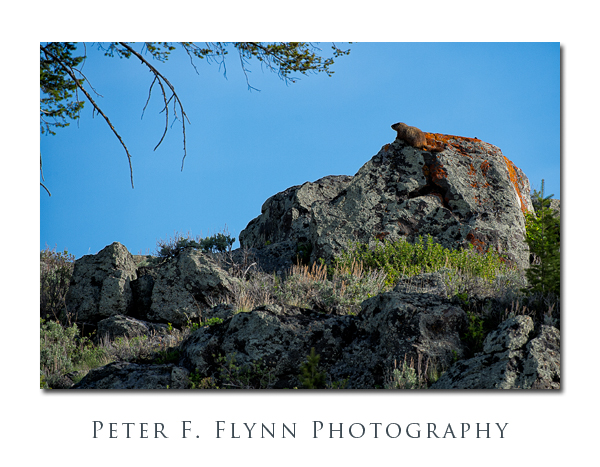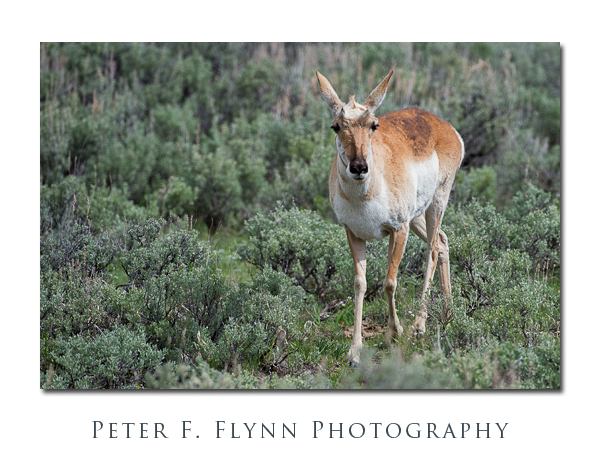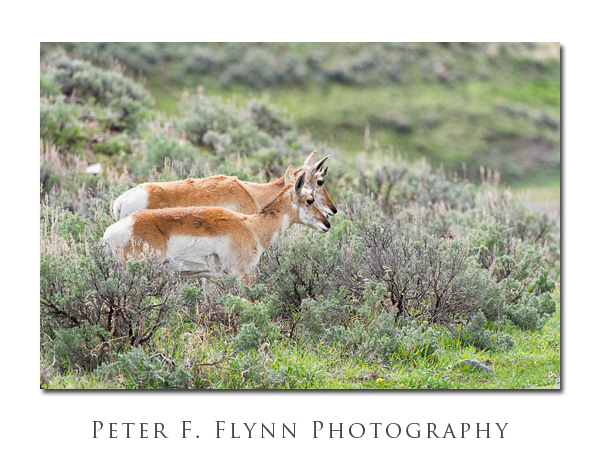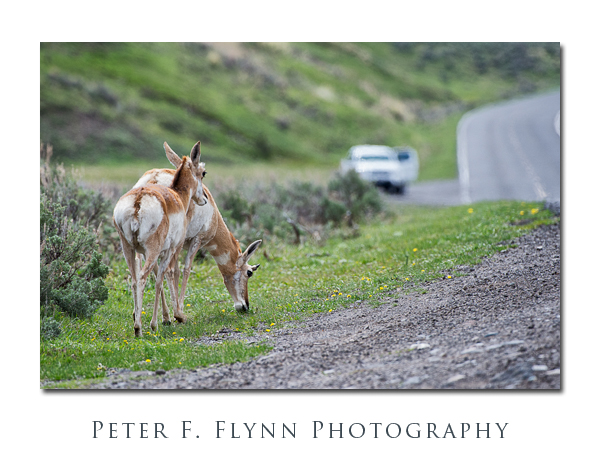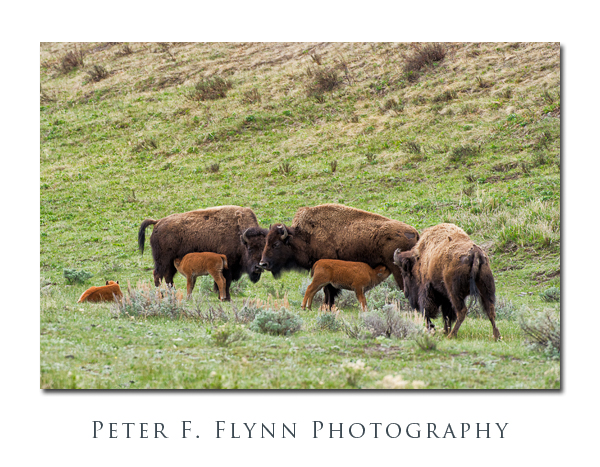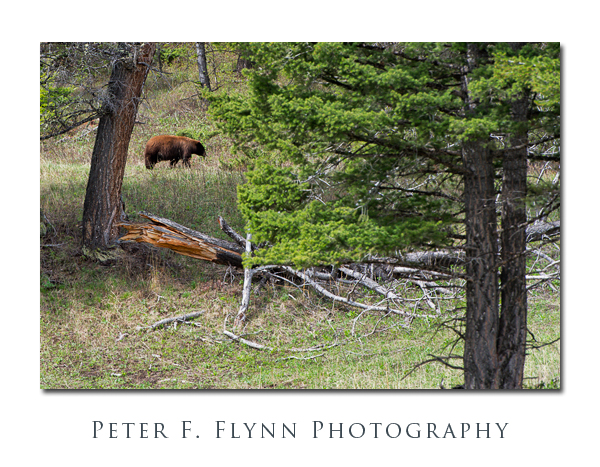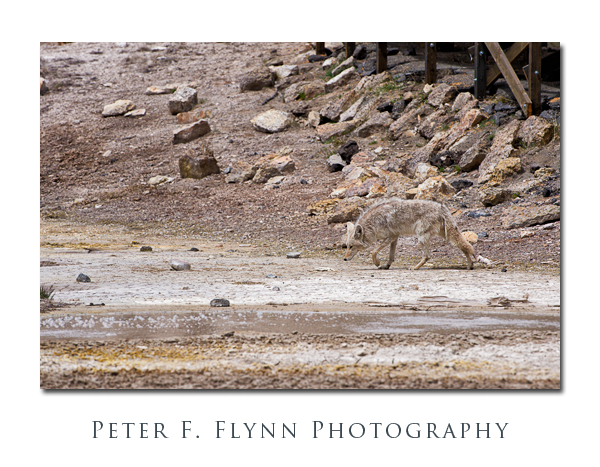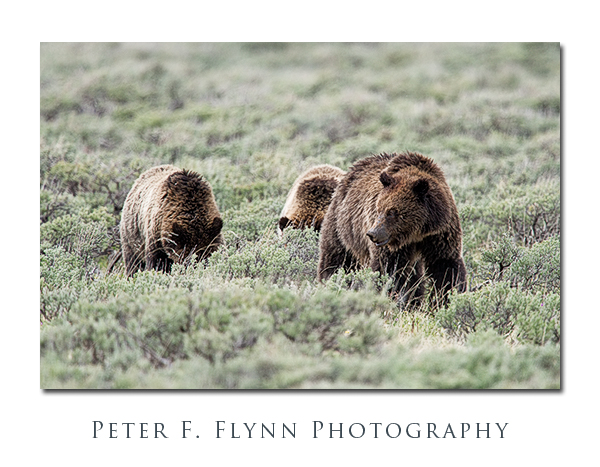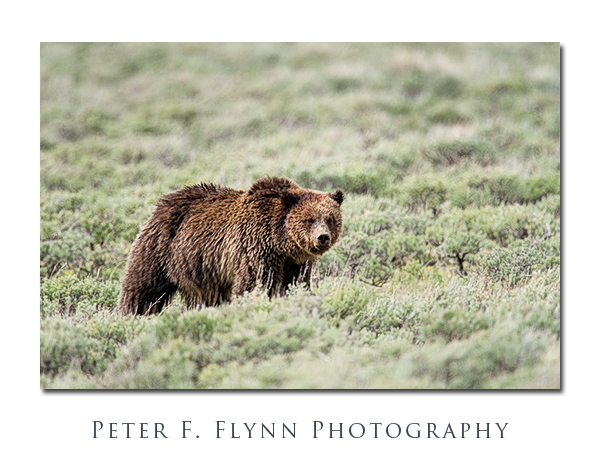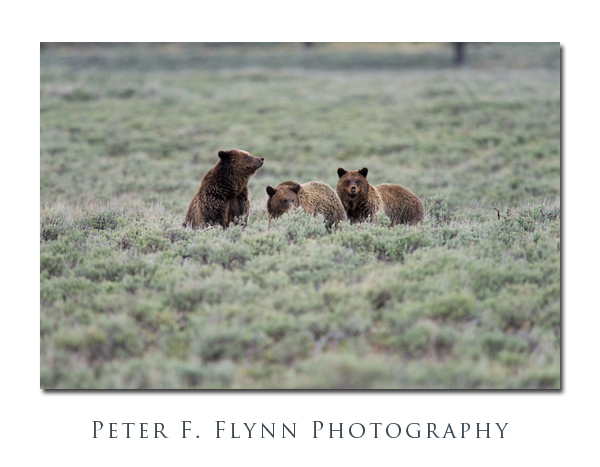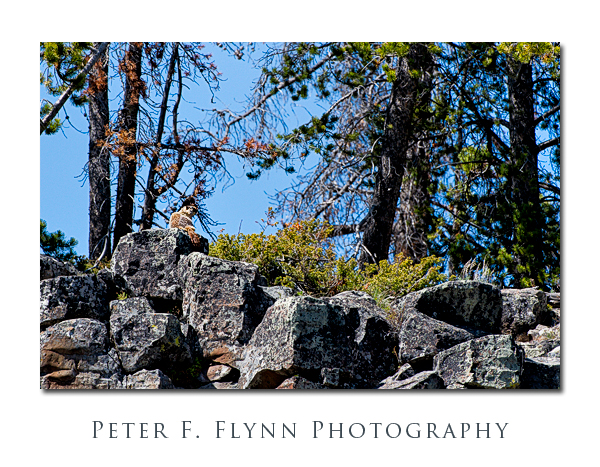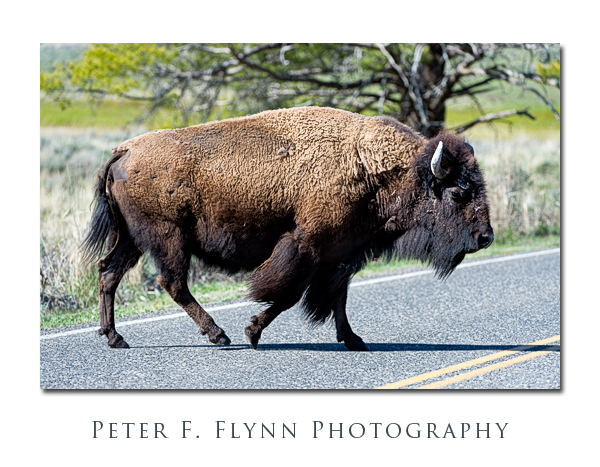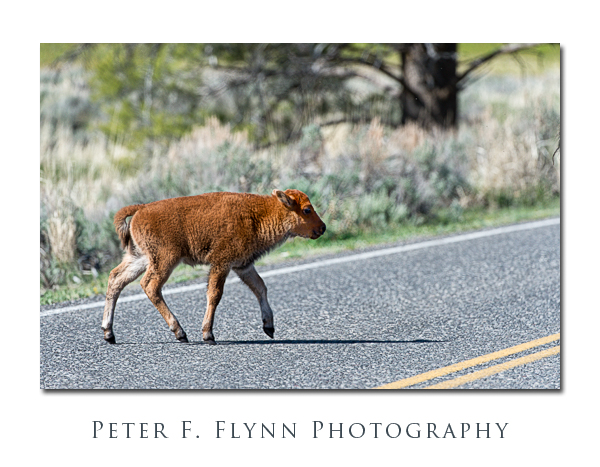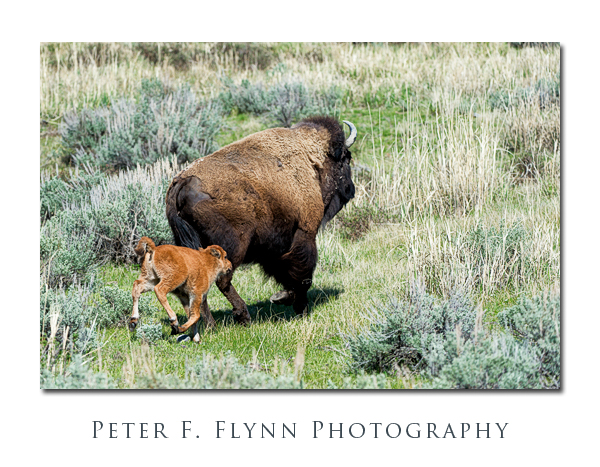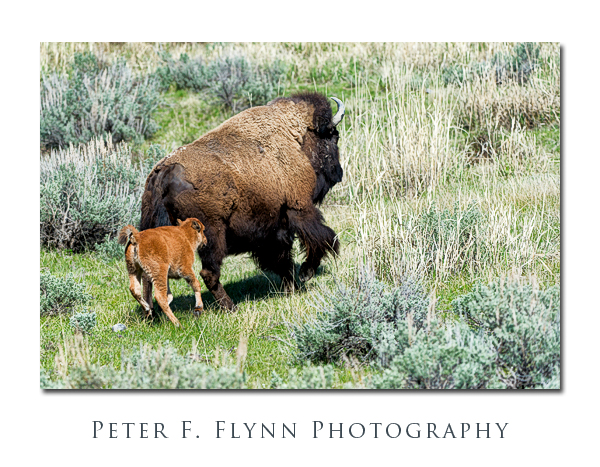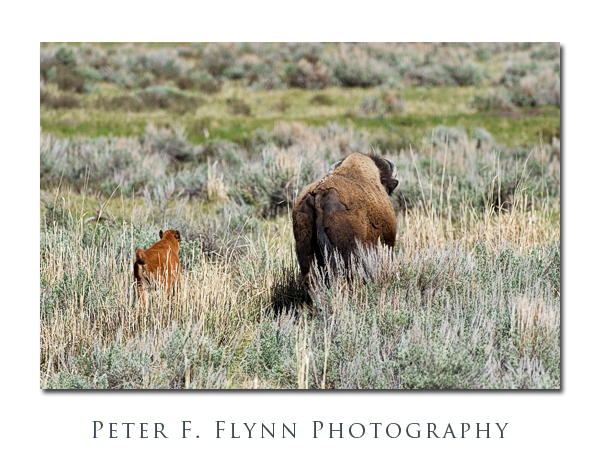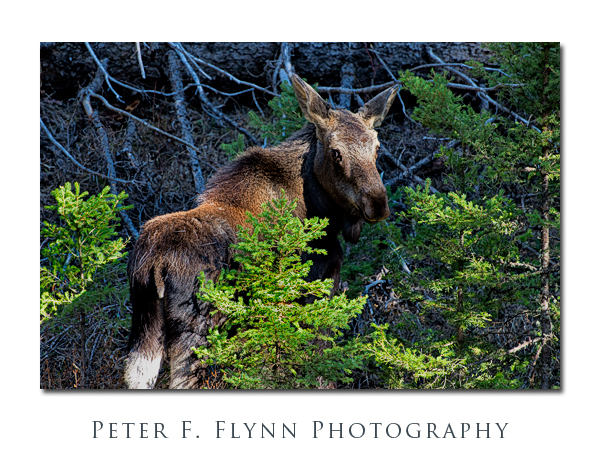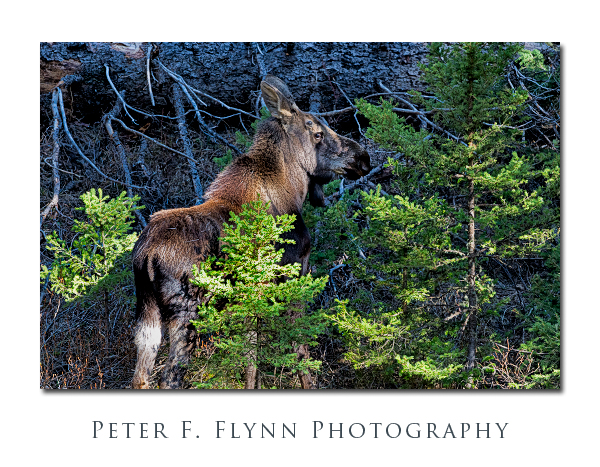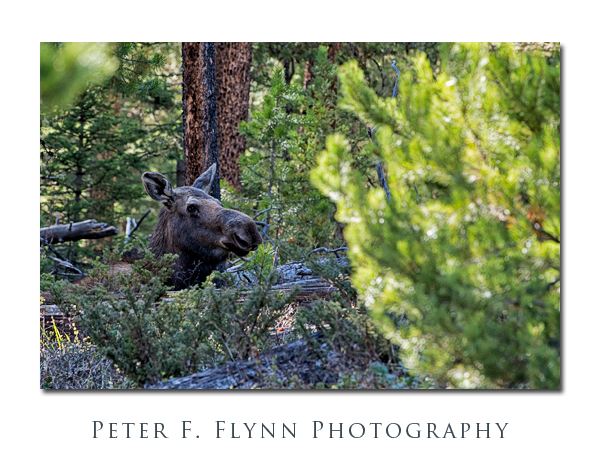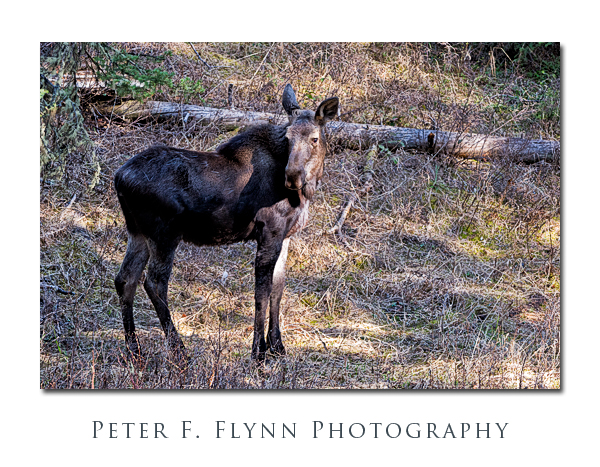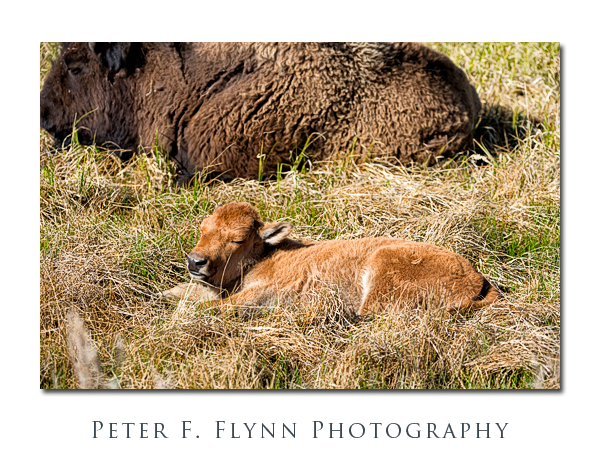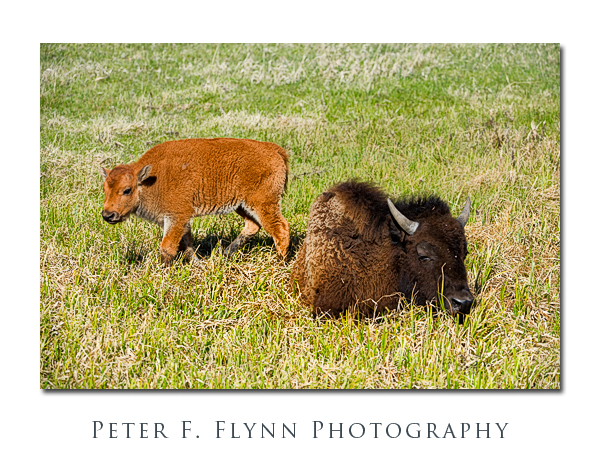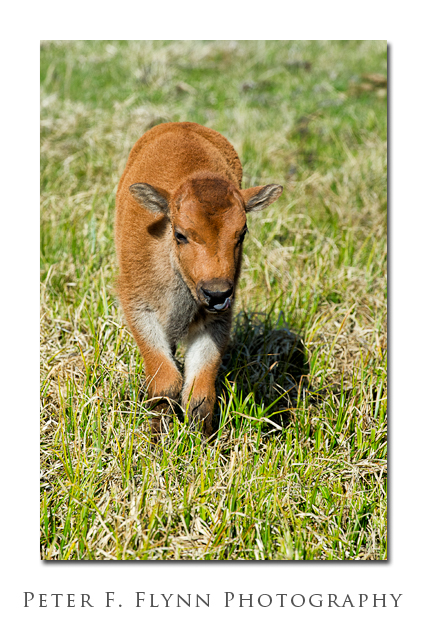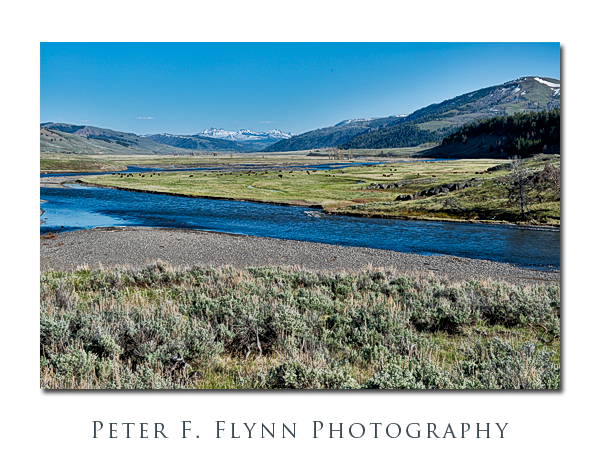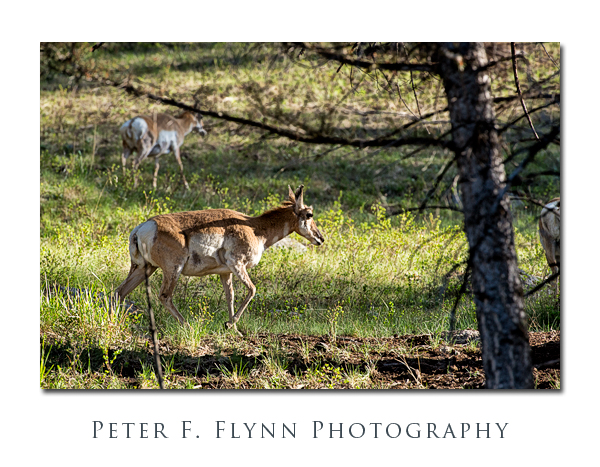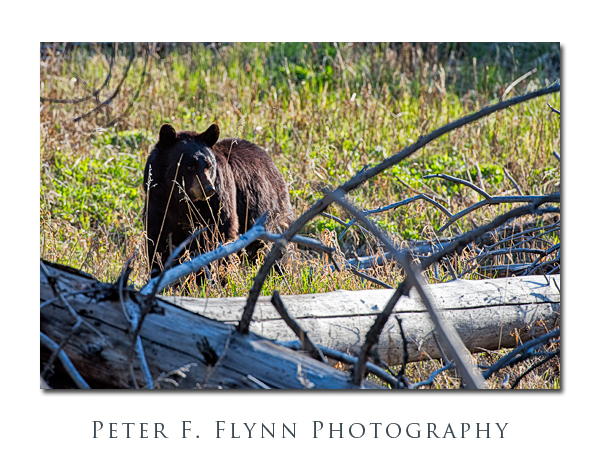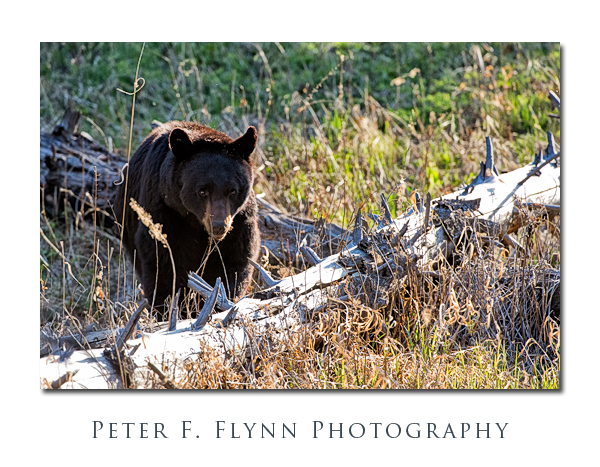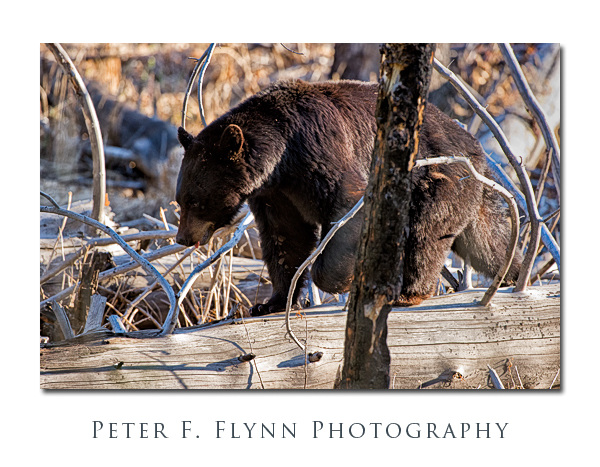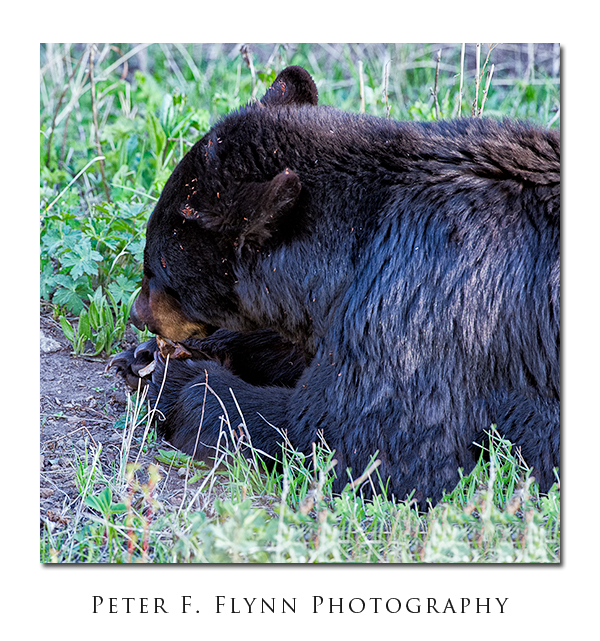I’m not much for novelty photography. Let’s say that there is a bear dancing the ‘Macarena’ in the middle of the Yellowstone picnic area – I’d wait for the bear to stop dancing before beginning to shoot – okay, perhaps that’s a bit of an exag, but I’d run shots only if the bear was dancing real good…
The story behind the image above begins, as so many of the posts on this site does, with the HP. The HP has two major roles – she is 1st and foremost, the transporter-extraordinare, getting us into position for the shoot – her less-well-known but equally important role is as chief intelligence officer. Yeah, without intelligence you will be lost in the vastness of The Stone. Right, I did mention Hellroaring…that’s in The Stone (as in Yellow-Stone, git with it people!). Anyway, winning is about knowing where you need to go, and getting there before the plebes arrive, invariably screwing things up so that the NPS has to close the show down.
It’s around noon on May 15, 2013, and we are near the outlet of the Blacktail Plateau Drive, at the end of a bear-viewing event. I see the HP hanging with Mr. Ranger-Sir and some folks with things to share. The HP is in intelligence-gathering mode – looks kinda like a cat stalking prey… She gets a tidbit, turns, and heads for the truck – time to go boys! Nearly leaves one of us in the dust, damn this must be good. Hellroaring, black bear, cub. Dood, we’ve visited Hellroaring dozens of times and not seen a damned thing… No point in arguing, the HP is set on course, we are off for Hellroaring.
Arriving at the 2K8 parking lot, we scramble gear together and head down the path. Wait, okay, back up…some (most) of you have no idea what I’m talking about. First, let me clarify that every trail in The Stone has an official designation – trailheads are distinct from paths. The designator 2K8 is specific for the trailhead for a number of trails leading into the Yellowstone River and Hellroaring Creek basin. These paths include, 2H1, 2H2, 2H3, 2H4, 2H5, 2H6, 2H7, 2H8, 2H9, 2C1, 2C2, 2C4, 2R1, 2R2. The 2K8 also provides access to the backcountry trailheads 2N1 amd 2N5, which are located north along the Gallatin NF/Stone boundary. The key point is that 2K8 is directly in the middle of the action.
We march out along the trail headed east and pretty-much run squaw into a black bear sow with a yearling cub. The cub is instantly up a tree and momma bear is keenly intent on keeping us at a distance. In standard black bear behavior, this sow wanders slowly up the trail, backing everyone up into the parking lot. Once in the parking area, the sow decides that a vehicle inspection is the order of the day.
In the end I think it’s bugs. Dead bugs. On the license plate. Illinois plate, plenty of bugs. I guess the idea is that given plenty of dead bugs on the plates, there must be more on the hood. In the end, the sow fended off the infidel-humans. The humans got their photo-op. Rangers and plebes alike had no idea about what happened here – kinda like Vegas actually, what happened here, stayed here…
Some of you may be wondering what the Macarena is… Substitute Charleston, Bossa Nova, Mashed Potato, Tejas 2-Step, Worm, Cha Cha Slide, Crank That Soulja Boy, Single Ladies, Dougie, etc., depending on your age.
All images in this entry were recorded on May 15, 2013, at around 12:00, using the Nikon D7100 and the AF-S NIKKOR 200-400mm f/4G ED VR II. Exposure was f/8.0 and 1/640s, ISO 2000.
Copyright 2013 Peter F. Flynn. No usage permitted without prior written consent. All rights reserved.
